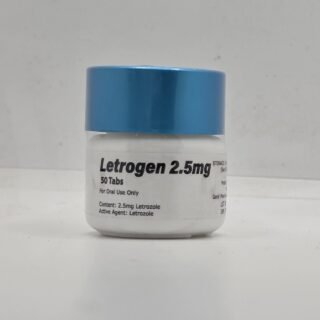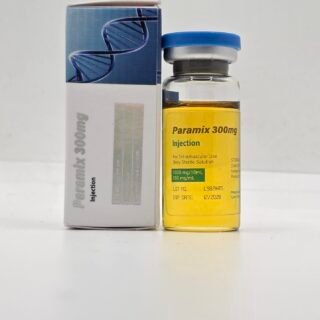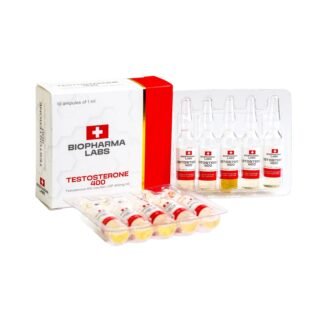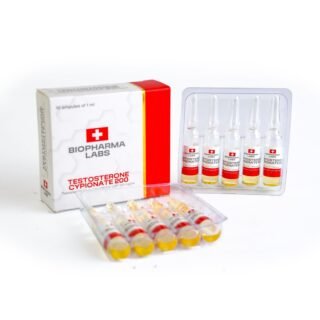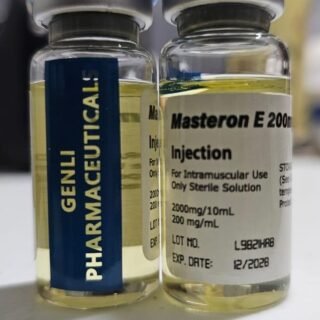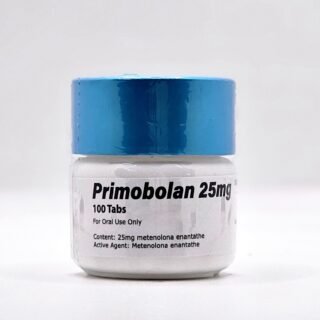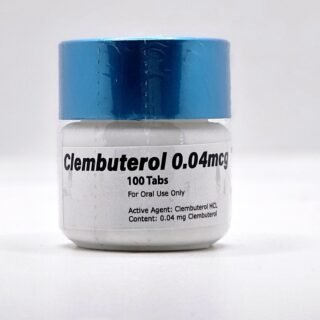Category
- Best Peptides for muscle growth
- Geno Pharma Domestic Warehouse 2 (Canada&USA)
- GP(Domestic Shipping US) Warehouse 1
- Human Pharma Premium
- Phar Labs Premium-Select
- Steroids on Sale USA, Real Steroids Online
- New arrivals in USA
- Most popular steroids in USA
- Antiestrogens / Gonadotropins
- Bangkok Steroid USA
- Biopharma Steroid USA
- British Dragon
- Anabolic Steroids for Horses
- Fat-burners
- Gen Pharma USA
- Medical Pharma Steroid USA
- Medical Tech Steroid USA
- Novocrine Steroids
- HGH USA
- Omega Labs Steroid USA
- Rotterdam Steroids USA
- SARMs USA
- Sciroxx
- Sydgroup Steroid USA
- Big vetenary Steroid USA
- Watson Steroids
- XT Labs Steroids
Most Popular steroids USA
-
 Letrogen 2.5 mg Letrozole Genli-50Tabs Estrogen Control
Letrogen 2.5 mg Letrozole Genli-50Tabs Estrogen Control
$110.00Original price was: $110.00.$99.00Current price is: $99.00. -
 PARAMIX 300 Genli Pharma – Trenbolone A, E & Hexa Mix 10 ml
PARAMIX 300 Genli Pharma – Trenbolone A, E & Hexa Mix 10 ml
$110.00Original price was: $110.00.$99.00Current price is: $99.00. -
 Testosterone 400 Biopharma 10 Ampoules
Testosterone 400 Biopharma 10 Ampoules
$99.00Original price was: $99.00.$75.00Current price is: $75.00. -
 Testosterone Cypionate 200 Biopharma 10 amp
Testosterone Cypionate 200 Biopharma 10 amp
$99.00Original price was: $99.00.$72.00Current price is: $72.00. -
 Drostanolone Enanthate 200mg 10 ml - Masteron Enanthate
Drostanolone Enanthate 200mg 10 ml - Masteron Enanthate
$110.00Original price was: $110.00.$90.00Current price is: $90.00. -
 Primobolan Pills 25mg 100 pills Domestic USA
Primobolan Pills 25mg 100 pills Domestic USA
$99.00Original price was: $99.00.$85.00Current price is: $85.00. -
 Clenbuterol for Sale 40mcg 100 Tabs - GP Premium Domestic USA
Clenbuterol for Sale 40mcg 100 Tabs - GP Premium Domestic USA
$99.00Original price was: $99.00.$65.00Current price is: $65.00.

Methyl-D (Methyldienolone) Steroid Profile
Methyl-D Background and Development
Methyl-D, also known as Methyldienolone, is a synthetic anabolic-androgenic steroid (AAS) that was developed in the mid-20th century. It is derived from nandrolone and belongs to the 19-nor family of steroids, characterized by the absence of a carbon atom at the 19th position. This modification results in unique properties and enhanced anabolic effects.

Chemical Composition and Structure
The chemical structure of Methyl-D is 17a-methyl-17b-hydroxyestra-4,9-dien-3-one. It shares similarities with nandrolone and trenbolone, both popular anabolic steroids, but its unique configuration sets it apart in terms of potency and characteristics.
Administration and Dosage
Methyl-D is typically administered orally in the form of tablets or capsules. Due to its potent nature, the recommended dosage for Methyl-D is generally lower than other steroids. Typical dosages range from 2.5 to 5 milligrams per day for men, with some advanced users pushing it up to 10 milligrams per day. Women should avoid Methyl-D due to its high androgenic potential and the risk of virilization.
Mechanisms of Action
Methyl-D exerts its effects by binding to androgen receptors in various tissues, promoting anabolic processes and enhancing protein synthesis. It also has a strong affinity for the androgen receptor, resulting in increased androgenic effects. This combination of anabolic and androgenic properties contributes to its muscle-building potential and impact on physical performance.
Benefits and Effects
Muscle Growth: Methyl-D is highly anabolic, promoting rapid muscle growth and increased strength. Users may experience significant gains in lean muscle mass during cycles.
Enhanced Protein Synthesis: The steroid enhances protein synthesis, enabling the body to utilize dietary protein more efficiently for muscle repair and growth.
Improved Nitrogen Retention: Methyl-D increases nitrogen retention in muscle tissues, leading to a more favorable environment for muscle growth and recovery.
Increased Red Blood Cell Production: Like other AAS, Methyl-D can stimulate red blood cell production, enhancing oxygen delivery to muscles and improving endurance and stamina.
Improved Recovery: Users often report quicker recovery times between workouts, allowing for more frequent and intense training sessions.
Side Effects and Health Risks
While Methyl-D offers impressive anabolic effects, it also comes with a range of potential side effects, especially when used at high doses or for extended periods. Common side effects may include:
Androgenic Side Effects: Methyl-D has strong androgenic potential, leading to acne, increased facial and body hair growth, and possible male pattern baldness in individuals predisposed to it.
Liver Toxicity: Like many oral steroids, Methyl-D can put strain on the liver. Prolonged use or high doses may result in liver toxicity.
Cardiovascular Effects: Methyl-D can negatively affect cholesterol levels and increase the risk of cardiovascular issues, such as high blood pressure and heart-related problems.
Suppression of Natural Testosterone Production: As with all AAS, Methyl-D can suppress the body’s natural testosterone production, leading to hormonal imbalances.
Legal Status
Methyl-D is a synthetic steroid that is not approved for medical use or available through legitimate pharmaceutical channels. It is categorized as a controlled substance and is banned for use in sports and bodybuilding competitions.
Conclusion
Methyl-D (Methyldienolone) is a potent androgenic-anabolic steroid with a unique chemical structure that sets it apart from other steroids. While it offers significant muscle-building potential, it also carries a range of side effects and health risks. As with any AAS, it is crucial to use Methyl-D responsibly, adhering to recommended dosages and cycles, and under the guidance of a qualified healthcare professional. It is also essential to be aware of and comply with the laws and regulations governing its use in your country.
Share this page:
- Click to share on X (Opens in new window) X
- Click to share on Facebook (Opens in new window) Facebook
- Click to email a link to a friend (Opens in new window) Email
- Click to share on LinkedIn (Opens in new window) LinkedIn
- Click to share on Reddit (Opens in new window) Reddit
- Click to share on Pinterest (Opens in new window) Pinterest
- Click to share on Telegram (Opens in new window) Telegram
- Click to share on WhatsApp (Opens in new window) WhatsApp
- Click to share on Tumblr (Opens in new window) Tumblr
Pay with WISE APP or Remitly
Pay with WISE App or Remitly
Fast money transfers from USA for fast delivery of steroids
Secure delivery in USA
100% reliable shipping in USA
24x7 Support
Online 24 hours
Low cost delivery
Great shipping prices in USA
BULK ORDER DISCOUNT
If you are a reseller in the USA you can get a special DISCOUNT, we can give you up to 50% or more on bulk orders. If you want to make a bulk order, we can negociate for orders of over USD$4,000, contact us by email.
Steroids info




